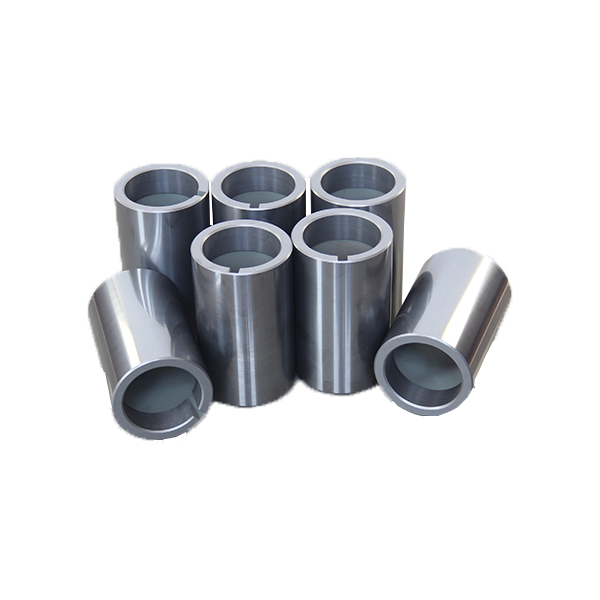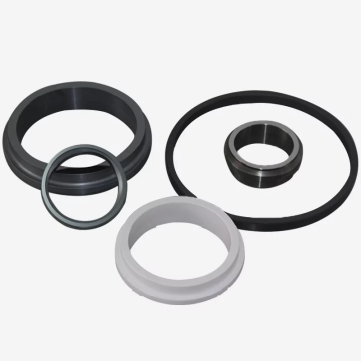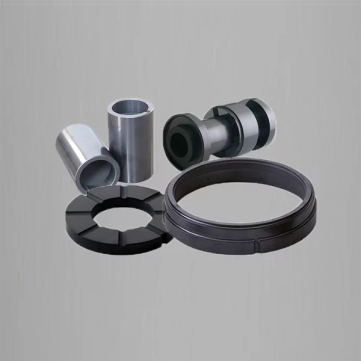A blog article about the use of pump bushing. This guide will provide insight into what they are, how they’re used and how they function, and why they’re a valuable piece in your car setup.
What Is Pump Bushing?
Pump bushing is a type of seal that is used in high performance applications to create a tight seal between two surfaces. The pump bushing can be used in various industries, including aviation, oil and gas, and automotive.
The benefits of using pump bushing include improved fluid flow and reduced noise. Pump bushing also has the ability to withstand high pressures and temperatures, which makes it an ideal material for use in high-performance applications.
Why Use Pump Bushing?
Pump bushing is a type of sealant that is used to create a high performance air-to-air or air-to-water seal. Pump bushing is available in a variety of viscosities to suit a variety of applications. It can be used to create a watertight seal between two surfaces, and it is often used in the automotive, aerospace and oil and gas industries.
Pump bushing has many advantages over other sealants. It is non-toxic, which makes it safe for use in areas where chemicals are frequently present. It also has low viscosity properties, which means it can be easily injected into hard to reach places. Finally, pump bushing has superior resistance to thermal expansion and contraction, meaning it will maintain its seal even under extreme temperatures or pressures.
How to Choose High Performance Pump Bushings?
There are a few things to keep in mind when choosing high performance pump bushings, including the application, design, and material specifications.
Application: Pump bushing use varies depending on the application. For example, for pumps used in hydraulic fracturing, high performance bushings are typically used to reduce friction and wear. In automotive engines, they’re often used to improve fuel efficiency and torque.
Design: The design of a pump bushing also varies depending on the application. For example, in some cases they may be made of an elastomer that is heat-treated or pressure-treated to resist wear and tear. In other cases they may be made from metals such as aluminum or steel that can withstand higher temperatures and pressures.
Material Specifications: Bushings also vary depending on their material specification. Some may be made from materials such as polyurethane or nylon that offer good resistance to oil and gas while still being able to dissipate heat effectively. Others may be made from materials like graphite or boron nitride that offer excellent thermal conductivity for higher performance applications.
Conclusion
Junty has always offered seal products and wear-resistant components for the global fluid and gas control sector, so if you need pump bushings, you can get in touch with them. While retaining the excellent quality that customers need, their products cater to their needs. Thank you for reading, and please don’t hesitate to contact Junty if anything is needed.






